Aloe hardiness info
wantonamara Z8 CenTex
9 years ago
Featured Answer
Sort by:Oldest
Comments (8)
WalnutCreek Zone 7b/8a
9 years agolast modified: 9 years agocastro_gardener
9 years agolast modified: 9 years agoRelated Professionals
Beachwood Landscape Architects & Landscape Designers · Hershey Landscape Architects & Landscape Designers · Jennings Landscape Architects & Landscape Designers · Palm Springs Landscape Architects & Landscape Designers · Andover Landscape Contractors · Arlington Landscape Contractors · Hickory Hills Landscape Contractors · Kearny Landscape Contractors · Lyndhurst Landscape Contractors · Panama City Beach Landscape Contractors · Uxbridge Landscape Contractors · 07920 Landscape Contractors · Wichita Window Contractors · East Renton Highlands Window Contractors · Leicester Window Contractorswantonamara Z8 CenTex
9 years agolast modified: 9 years agowantonamara Z8 CenTex
9 years agolast modified: 9 years agoPat Z5or6 SEMich
8 years agowantonamara Z8 CenTex
8 years agoPKponder TX Z7B
8 years ago
Related Stories
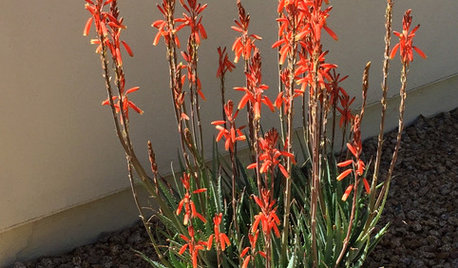
GARDENING GUIDESGreat Design Plant: Aloe ‘Blue Elf’
This compact, sun-loving aloe hybrid thrives where many aloes don’t
Full Story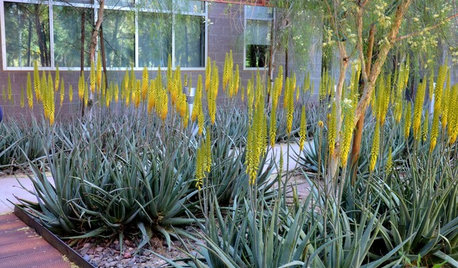
GARDENING GUIDESGreat Design Plant: Aloe Vera
Bright yellow flowering spikes decorate this popular aloe from late winter into spring, much to the delight of hummingbirds
Full Story
GARDENING AND LANDSCAPINGGreat Design Plant: Tree Aloe
Plant this Dr. Seuss-like evergreen for an added character in your garden
Full Story
GARDENING GUIDESGreat Design Plant: Fan Aloe
Fanning leaves offer a striking rosette alternative, but this plant has all the benefits of regular succulents and more
Full Story
GARDENING GUIDES10 Cold-Hardy Succulents for Cool-Season Interest
These attractive plants shrug off colder temperatures, and many can be brought inside in containers in extra-chilly climates
Full Story
LANDSCAPE DESIGNGreat Design Plant: Retreat to the Shade of Hardy Catalpa
Big foliage and a towering height provide a shady respite in summer, but that's not all hardy catalpa offers dedicated gardeners
Full Story
GARDENING GUIDESGreat Design Plant: Red Kangaroo Paw
Plant this dramatic perennial in fall or spring for its height, hardiness and beautiful red blooms
Full Story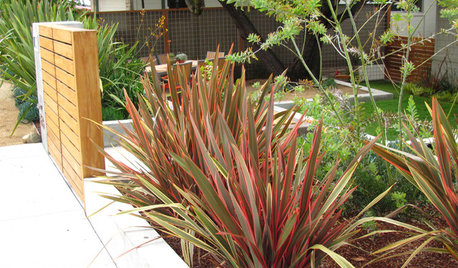
RED FOLIAGEGreat Design Plant: New Zealand Flax
A commanding presence, year-round foliage and a hardy nature make flax a winner in the landscape even in fall and winter
Full Story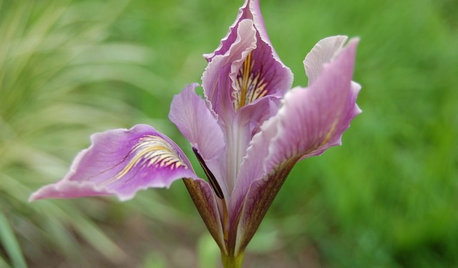
FLOWERSPaint a Garden Delightful With Iris
Charming and colorful, irises propagate easily, are hardy in many soils and climates, and unfold with layers of beauty
Full Story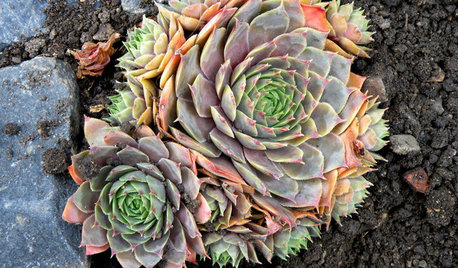
GARDENING GUIDESGreat Design Plant: Hens-and-Chicks
Plant Sempervivum succulents for fuss-free garden color and character all year
Full Story





wantonamara Z8 CenTexOriginal Author